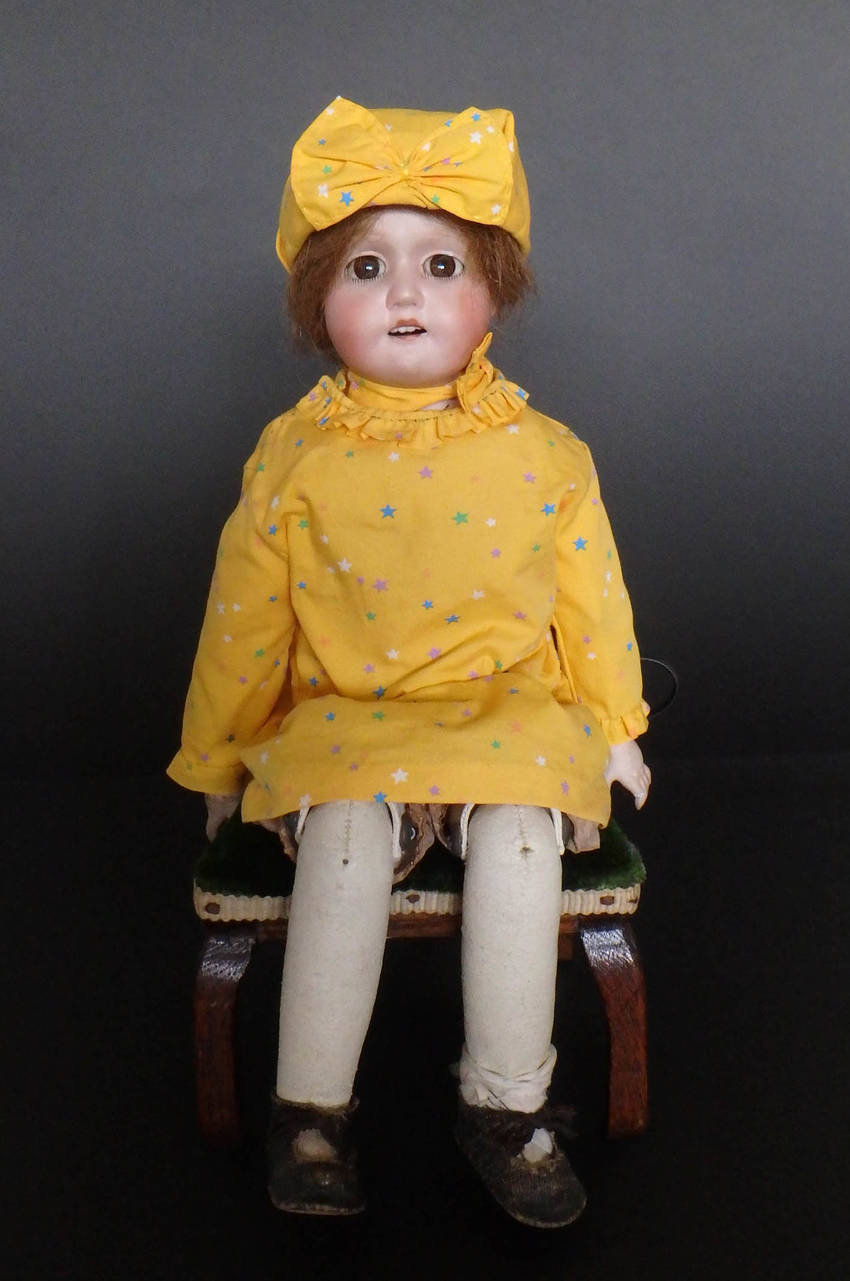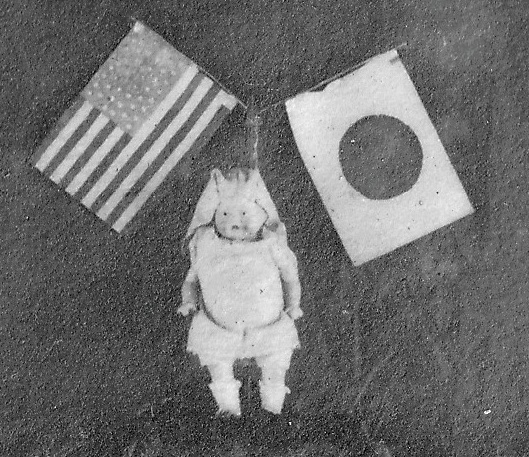アメリカから贈られた12,739体の人形はどこに?! わたしの住んでいる県に182体が届きました。現存しているのは5体のみです。
1月
22日
日本では、「親善の人形」と称し、また通称「青い目の人形」と呼んで歓迎しました。
そしてこの人形使節の答礼に、58体の高級日本人形が、クリスマスまでにアメリカに贈られました。
しかし太平洋戦争のさなか、この「友情の人形」は「敵国の人形」として多くが廃棄処分され、現存している人形は全国で300体あまりにすぎません
当時の日米関係【伊勢原市サイトより】
日本からアメリカへの移民は1868年(明治元年)の明治維新とともに始まりました。当初、移民はハワイ諸島に向かったが、1879年にカリフォルニア州議会が中国人移民を禁止する法案を可決したため、1880年代以降、北米への日本人移民の数が増加した。
以来、広島、山口、熊本、福岡県など中国・九州地方からの安価な労働力としての日本人移民が増加した。
彼らは北アメリカ中西部で鉄道建設や鉱山開発に従事していました。1905 年当時、米国に居住していた日本人は約 6 万人に達し、そのうち約 1 万人が鉄道建設の労働者でした。
移民労働者には1日あたり1ドルの給料が支払われていた。
第一次世界大戦後、1 ドルは 2 円に相当しました。移民労働者の賃金は日本で働く労働者の 2 倍以上でした。
1920 年、米国および他の国々は第一次大恐慌に見舞われました。その結果、反日運動が起こり、アメリカ人は、アメリカ人労働者の賃金が引き下げられ、低賃金で働き、多くの物を送り込んでいる日本人移民によって仕事が奪われたとして、日本人をカリフォルニアから追放すべきだと叫んだ。
彼らは自分の国のために稼いだのです。アメリカ社会にアングロサクソン至上主義の傾向があったのは事実だが、アメリカ社会に同化しようとしない日本人移民の排他的な態度にアメリカ人はますます警戒感を強めていたのかもしれない。
Relations between Japan and the US in Those Days
The immigration from Japan to the US started in 1868 (the 1st year of the Meiji period), with the Meiji Restoration. At first, the immigrants headed toward the Hawaiian Islands, but since 1880s, the number of Japanese immigrants into North America increased, for in 1879 the California State Assembly passed the bill that Chinese immigration be prohibited. Since then, Japanese immigrants as cheap labor force increased in number, many of whom came from Chugoku and Kyushu Regions such as Hiroshima, Yamaguchi, Kumamoto and Fukuoka Prefecture. They were engaged in the railway construction or the mine development in central and western North America. Around 1905, the Japanese residents in the US amounted to about sixty thousand, about ten thousand of whom were laborers for the railway construction. Immigrant laborers were paid a dollar a day each. One dollar was worth two yen after the World War I. The immigrant laborers were paid more than twice as much as those working in Japan. In 1920, the US, as well as other countries, was struck by the First Great Depression. As the result, anti-Japanese movement arose, in which Americans exclaimed that Japanese should be expelled from California, claiming that the wages for American laborers were lowered and their jobs were deprived by the Japanese immigrants, who worked hard for low wages and sent what they earned to their own country. It is true that American society had a tendency toward Anglo-Saxon supremacy, but Americans might as well have been increasingly alarmed by the exclusive attitude of the Japanese immigrants, who were unwilling to assimilate into American society.
The immigration from Japan to the US started in 1868 (the 1st year of the Meiji period), with the Meiji Restoration. At first, the immigrants headed toward the Hawaiian Islands, but since 1880s, the number of Japanese immigrants into North America increased, for in 1879 the California State Assembly passed the bill that Chinese immigration be prohibited. Since then, Japanese immigrants as cheap labor force increased in number, many of whom came from Chugoku and Kyushu Regions such as Hiroshima, Yamaguchi, Kumamoto and Fukuoka Prefecture. They were engaged in the railway construction or the mine development in central and western North America. Around 1905, the Japanese residents in the US amounted to about sixty thousand, about ten thousand of whom were laborers for the railway construction. Immigrant laborers were paid a dollar a day each. One dollar was worth two yen after the World War I. The immigrant laborers were paid more than twice as much as those working in Japan. In 1920, the US, as well as other countries, was struck by the First Great Depression. As the result, anti-Japanese movement arose, in which Americans exclaimed that Japanese should be expelled from California, claiming that the wages for American laborers were lowered and their jobs were deprived by the Japanese immigrants, who worked hard for low wages and sent what they earned to their own country. It is true that American society had a tendency toward Anglo-Saxon supremacy, but Americans might as well have been increasingly alarmed by the exclusive attitude of the Japanese immigrants, who were unwilling to assimilate into American society.
Since around the World War I (1914 ~ 1918), the relations between Japan and the US got worse and worse due to the conflict of interests concerning the colonial policies. In 1912, Yukio Ozaki, the mayor of Tokyo, concerned about this undesirable situation, presented Boston City with about 3,000 young cherry trees, hoping for the goodwill between the two countries.
The cherry trees grew up, and Cherry Blossom Festival held every year along Potomac River in Washington D.C. has been famous as the annual event celebrating the coming of spring. On the other hand, however, the fact that young dogwoods were presented Tokyo in return in 1915 is not known very much.
In Japan, the Kanto Great Earthquake occurred in 1923, which brought Japan the economic depression. In 1925, the Maintenance of Public Order Act and the Universal Manhood Suffrage Act were proclaimed, followed in the next year by the death of Emperor Taisho and the change of the name of the era to Showa. In 1927, the Japanese government dispatched troops to Shangtung in China, while inside Japan a number of banks failed successively due to the financial crisis, which led some people into selling or killing themselves.
In the US, many people lost their jobs due to the prolonged economic depression, and the anti-Japanese sentiment intensified due to the Japanese unchanged attitude not to try to assimilate into American society. Under such circumstances, in 1924, the US Congress passed the New Immigration Law (the Anti-Japanese Immigration Law), on the purpose of excluding Japanese immigrants. Even though the citizen volunteers and the church leaders throughout the US collected money to offer relief supplies to the victims in Japan immediately after the Kanto Great Earthquake (they were brought to Japan by the American relief ships, the Merit and the Möbs, which arrived in Japan on September 18th, 1923, only 17 days after the earthquake), the anti-Japanese movement was unstoppable. The blue-eyed dolls came to Japan under such an oppressive situation.
In the US, many people lost their jobs due to the prolonged economic depression, and the anti-Japanese sentiment intensified due to the Japanese unchanged attitude not to try to assimilate into American society. Under such circumstances, in 1924, the US Congress passed the New Immigration Law (the Anti-Japanese Immigration Law), on the purpose of excluding Japanese immigrants. Even though the citizen volunteers and the church leaders throughout the US collected money to offer relief supplies to the victims in Japan immediately after the Kanto Great Earthquake (they were brought to Japan by the American relief ships, the Merit and the Möbs, which arrived in Japan on September 18th, 1923, only 17 days after the earthquake), the anti-Japanese movement was unstoppable. The blue-eyed dolls came to Japan under such an oppressive situation.





